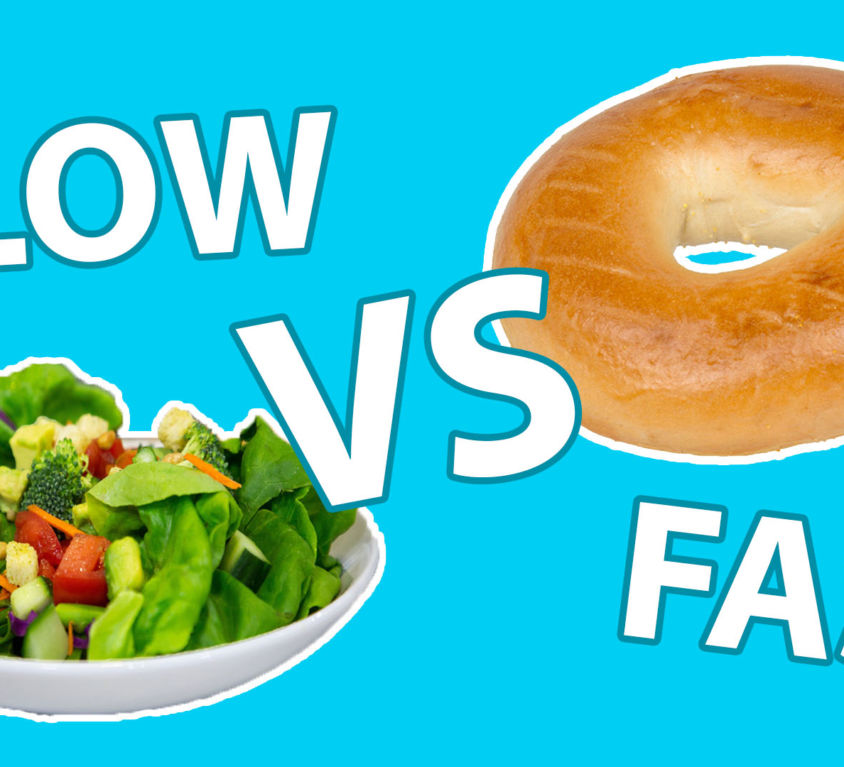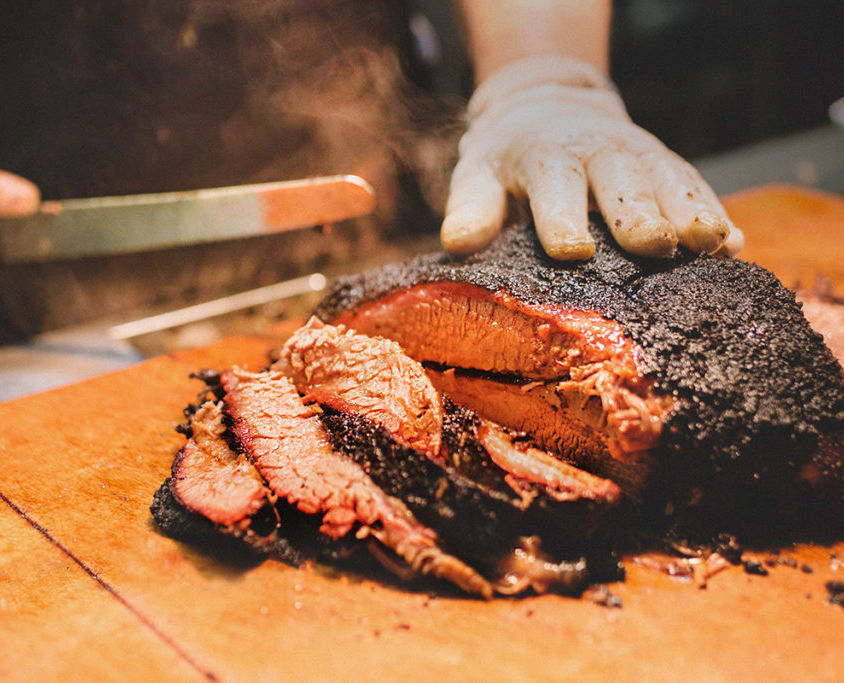Blood sugars can be incredibly unpredictable, especially for diabetics injecting insulin. Even after going low-carb, it can be hard to normalize blood sugars. Aside from changing what you eat, you also need to establish predictability. Understanding patterns, being able to predict how much insulin you need and where your blood sugar will be, is critical! How do we establish these patterns, and stay in range after we eat? By being consistent.
Find the Pattern!
Being consistent means following a routine, keeping things the same, in order to find patterns. In the case of diabetes, that means keeping the amount of carbs/protein in your meals the same every day. For example, if you eat 6g of carbs at breakfast, 12g at lunch, and 12g at dinner, that means you should have 6g for breakfast, 12g for lunch, and 12g for dinner the next day. Same with protein; if you 4oz at breakfast one day, have 4oz the next.
Don’t get too focused on the numbers; the specific amounts will depend on your personal preferences and goals. For protein, you should try however much it takes to satisfy you. For carbs, Dr. Bernstein recommends a 6-12-12 guideline and less for kids, but you could have 0g carbs for breakfast, or 5g carbs at dinner, or 0g carbs the entire day. You could eat twice or even just once a day. The important part is ensuring that, however you do it, you keep the amount of carbs and protein for each meal consistent every day.
Okay, but why should I?
This is crucial for being able to fine-tune your bolus. Otherwise, you’ll not be able to learn from the past because there will be too many changing variables. You will be guessing and estimating with every meal, rather than finding the pattern and knowing exactly how much insulin you need every time. But if you keep the food consistent, you can see those patterns and fine-tune each bolus to perfection.
Let’s say you eat a 12oz steak for dinner. You take your insulin, yet still end up with a high blood sugar. If you eat that same 12oz steak the next day, you know to try raising that bolus. After some trial and error, you are eventually able to cover that protein rise completely without any spikes or dips. Wonderful!
Now, if you ate that same 12oz of steak the next day, or an equivalent amount of protein/fat from another food, you already know the bolus you need to keep your blood sugar normal. If you instead ate something completely different, let’s say a chicken salad, you would have to start from scratch and guess all over again. All of that progress you made would be gone! Instead, it’s best to make a meal plan and stick to it.
There are other factors to consider outside protein and carbs, such as fat raising insulin resistance and fiber slowing down absorption, but protein/carbs are the main numbers to focus on. And, while it would be ideal to eat exactly the same food every day, this is unrealistic for many people, especially those with children who get bored easily. Fortunately, you can still have variety while keeping the carbs/protein the same! And don’t worry, it doesn’t have to be the exact same macro-nutrient content every time, just close enough. All it takes is some know-how, creativity, and a willingness to measure it all out.
Now for an Example..
Let’s say you set up a meal plan where you aim to have 0g carbs for breakfast, 5g for lunch, and 10g for dinner. Along with that, you plan to have 3oz protein at breakfast, 4oz at lunch, and 6oz at dinner. For breakfast, you could have an omelette one day, steak and eggs the next, and just bacon the third, as long as it adds up to around 3oz. For lunch, you could have a chicken salad one day, a salami lettuce-wrap the next, and a sandwich with some low-carb bread the third, as long as the total carbs and protein add up to around 5g and 4oz respectively. And for dinner, you could have steak and asparagus one day, a burger with low-carb buns the next, and roasted pork with broccoli the third, as long as each dinner adds up to around 10g of carbs and 6oz of protein.
See? Variety is still plenty possible, as long as you keep those amounts consistent! Doing so will help ensure you know exactly how much insulin you need, and can easily predict how good your blood sugar will stay after you eat. Keep consistency in mind when you eat, and tame that type 1!
Inspiration and knowledge for this article provided by Dr. Bernstein’s Diabetes Solution.





















